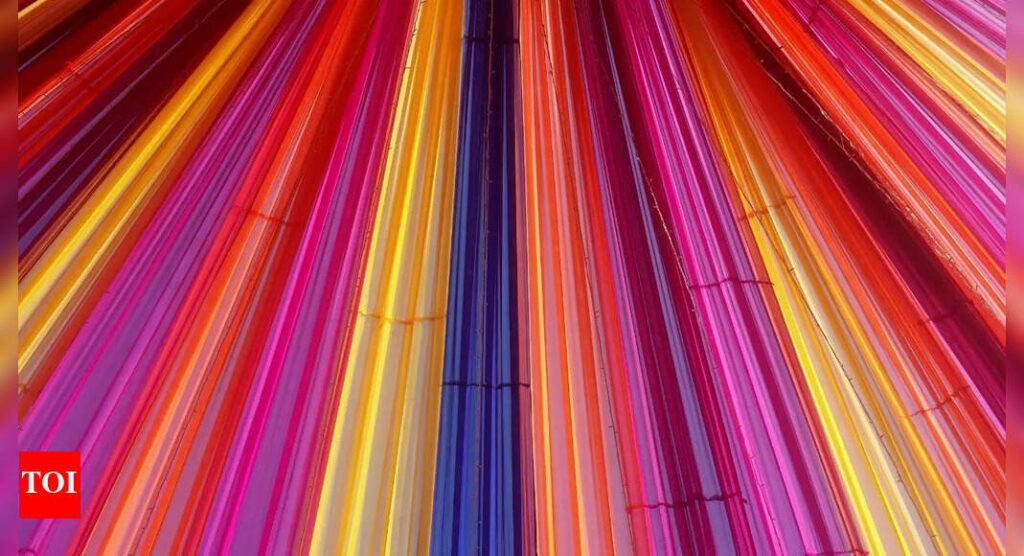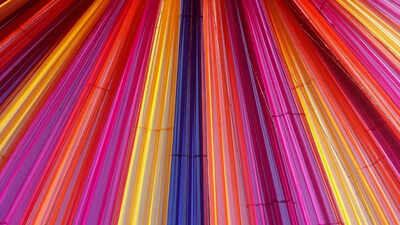NEW DELHI: In a breakthrough that sounds straight out of science fiction, scientists in the US have enabled five people to perceive a completely new colour — one that no human being has ever seen before. The colour, described as a highly saturated blue-green, has been named ‘olo’.
The finding, published in the journal Science Advances on Friday, comes from a bold experiment where researchers used laser pulses to target specific cells in the eyes of participants.
So how did they see this ‘new’ colour?
Human eyes detect colour using three types of cone cells — L (long), M (medium), and S (short) — which are sensitive to red, green, and blue light respectively. Normally, these cones work together, and the brain interprets the combinations to form the entire colour spectrum we see every day.
But here’s the catch: in nature, it’s impossible to activate just one cone type — like the green-sensitive M cones — without also activating the others. That overlap limits the range of colours humans can perceive.
Using advanced laser technology and eye-tracking systems, researchers were able to selectively stimulate only the M cones, bypassing the usual mix. The result was a vibrant blue-green hue that doesn’t exist anywhere in the natural world.
This colour — outside the natural range of human perception — has been formally named ‘olo’.
A new frontier in colour vision
The scientists call their method ‘Oz’, a new principle for displaying colour imagery by controlling individual cells in the retina.
Their paper notes that this breakthrough allows for a partial expansion of the human colour space and demonstrates that new colours can be perceived by targeting individual photoreceptors. In fact, they were even able to show images and videos using ‘Oz colours’ by aiming laser microdoses at thousands of identified cones.
The results are being seen as proof-of-concept that the human eye can be programmed to see colours beyond its natural limits — a development that could open up new possibilities in vision science, displays, and immersive media.
For now, only five people have seen ‘olo’. But according to scientists, this could just be the beginning.







